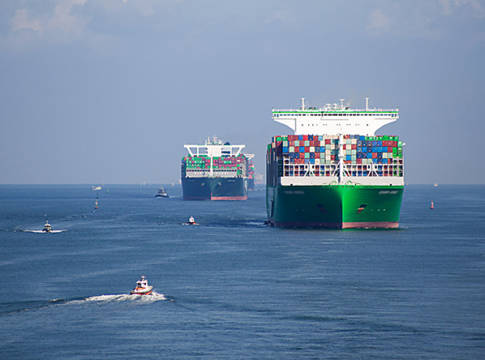The recent stabilization of the Red Sea region is revitalizing maritime routes, with 47 ships diverting to the Suez Canal instead of the Cape of Good Hope since early this month. This trend was spotlighted by Osama Rabie, Head of the Suez Canal Authority (SCA), at the 14th Annual International Maritime Transport and Logistics Conference (Marlog 2025), organized by the Arab Academy for Science, Technology, and Maritime Transport.
Rabie underscored the Suez Canal’s pivotal role in sustaining global supply chains amidst ongoing Red Sea security challenges. Highlighting the canal’s strategic importance, he detailed the SCA’s commitment to minimizing the crisis’s impacts via robust communication, stable pricing policies, and comprehensive maritime support services. These include ship maintenance, marine rescue, and pollution control, ensuring the canal’s resilience in both routine and emergency conditions.
As a result, the Suez Canal’s proactive measures have successfully attracted more maritime traffic, a trend expected to grow as regional stability improves. “The canal remains focused on its development plans,” Rabie emphasized, noting the recent completion of the southern sector development project, which enhances navigational safety and increases canal capacity by 6-8 ships daily.
Moreover, the SCA is advancing local marine manufacturing with the establishment of Egypt and Africa’s first floating concrete pontoon factory, projected to reduce costs by 40% compared to imports. This initiative aligns with the SCA’s vision to strengthen local marine infrastructure.
In addition, collaborations with the private sector to enhance shipyard capabilities, including the construction of marine launches and ferries, underscore the SCA’s commitment to innovation and regional maritime leadership.
Transport operator and consultant Wessam Sabry noted that customer pressure is influencing operators to reconsider their routes through the Suez Canal. This shift presents substantial opportunities for operators returning to the canal over the next four months, as companies review quotes and contracts favoring the Suez route. This strategic pivot underscores the canal’s enduring significance in the global maritime landscape.


